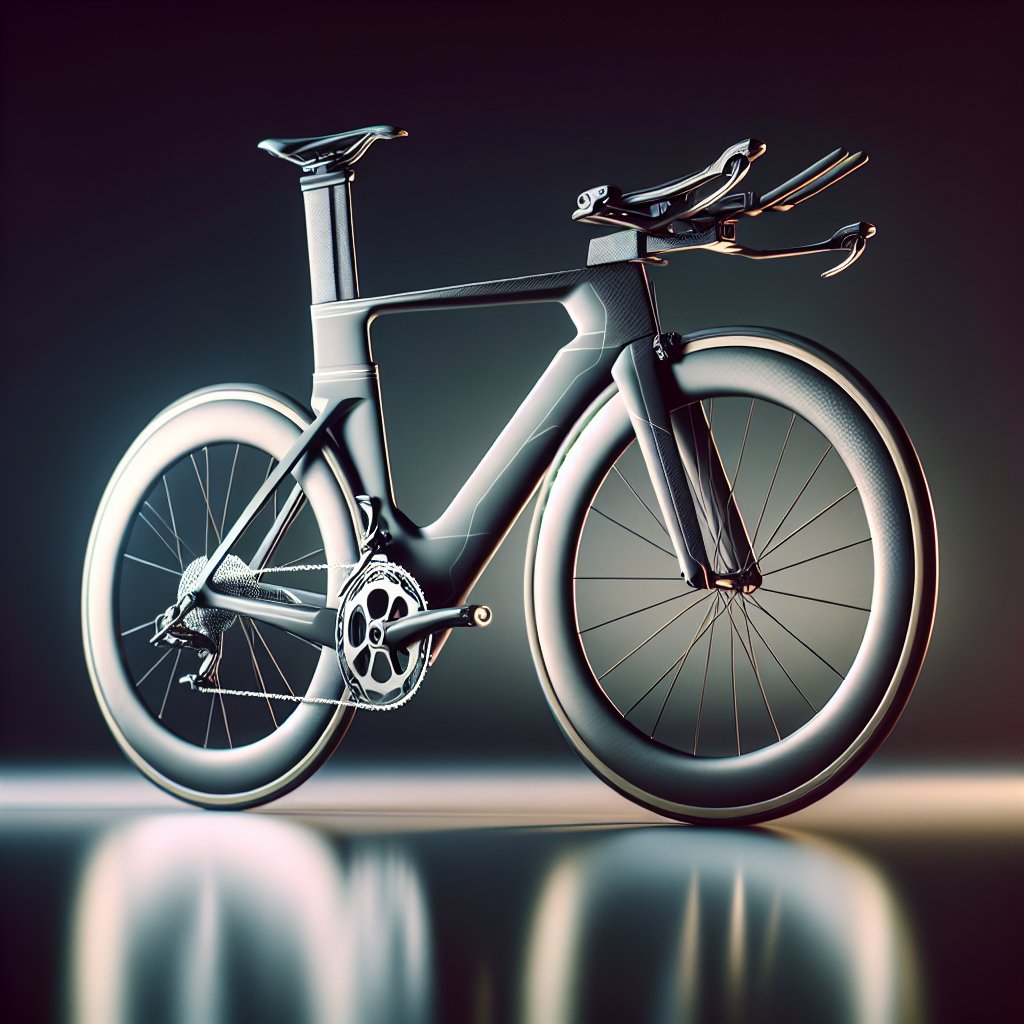Triathlon bikes are a specialized category of bicycles designed to maximize aerodynamics and speed, catering to the needs of serious competitors. These bikes are engineered with precision to offer the best performance in triathlon events, where every second counts. In this article, we will delve into the unique features of triathlon bikes, their aerodynamic advantages, and how they contribute to the overall performance of athletes.
Design and Aerodynamics
One of the most distinguishing features of triathlon bikes is their aerodynamic design. Unlike traditional road bikes, triathlon bikes are built to minimize air resistance, allowing athletes to maintain higher speeds with less effort. The frame geometry, wheel design, and component placement all play crucial roles in achieving this aerodynamic efficiency.
Frame Geometry
The frame geometry of a triathlon bike is specifically designed to position the rider in a more aerodynamic posture. The seat tube angle is steeper, typically around 76-78 degrees, compared to the 72-74 degrees found in road bikes. This steeper angle allows the rider to adopt a more forward-leaning position, reducing the frontal area exposed to the wind.
Additionally, the top tube is often shorter, and the head tube is lower, further encouraging a streamlined posture. This geometry not only reduces drag but also helps in optimizing the power transfer from the rider to the pedals, enhancing overall efficiency.
Wheel Design
Wheels are another critical component in the aerodynamic equation. Triathlon bikes often feature deep-section wheels or disc wheels, which are designed to cut through the air with minimal resistance. Deep-section wheels have a larger rim depth, usually between 40mm to 80mm, which helps in reducing turbulence and drag.
Disc wheels, on the other hand, offer the least air resistance but are typically used only in time trials or flat courses due to their weight and handling characteristics. The choice of wheels can significantly impact the bike’s performance, especially in windy conditions.
Component Placement
Every component on a triathlon bike is strategically placed to enhance aerodynamics. For instance, the handlebars are designed to allow the rider to adopt a low, tucked position. Aero bars, which extend forward from the handlebars, enable the rider to rest their forearms and reduce the frontal area exposed to the wind.
Even the placement of water bottles and other accessories is carefully considered. Many triathlon bikes feature integrated hydration systems and storage compartments that are built into the frame, minimizing additional drag. These integrated solutions not only improve aerodynamics but also provide easy access to hydration and nutrition during the race.
Speed and Performance
While aerodynamics play a significant role in the design of triathlon bikes, speed and performance are the ultimate goals. The combination of aerodynamic efficiency, lightweight materials, and advanced engineering results in a bike that can deliver exceptional speed and performance.
Lightweight Materials
Modern triathlon bikes are constructed using lightweight materials such as carbon fiber. Carbon fiber offers an excellent strength-to-weight ratio, allowing manufacturers to create frames that are both strong and light. This reduction in weight translates to faster acceleration and improved climbing performance.
In addition to the frame, other components such as the handlebars, seat post, and wheels are also made from carbon fiber. This comprehensive use of lightweight materials ensures that the bike remains agile and responsive, providing a competitive edge to the rider.
Advanced Engineering
The engineering behind triathlon bikes is a blend of art and science. Computational Fluid Dynamics (CFD) and wind tunnel testing are commonly used to refine the aerodynamic properties of the bike. These advanced techniques allow engineers to analyze airflow patterns and make precise adjustments to the design.
Moreover, the integration of electronic shifting systems, such as Shimano Di2 or SRAM eTap, has revolutionized the way athletes interact with their bikes. These systems offer precise, reliable shifting with minimal effort, allowing the rider to focus on maintaining speed and efficiency.
Customization and Fit
Customization and fit are crucial aspects of a triathlon bike’s performance. A well-fitted bike not only enhances comfort but also maximizes power output and reduces the risk of injury. Professional bike fitting services use advanced tools and techniques to ensure that the bike is tailored to the rider’s specific body dimensions and riding style.
Adjustable components such as the saddle, handlebars, and aero bars allow for fine-tuning of the bike’s fit. This customization ensures that the rider can maintain an optimal aerodynamic position for extended periods, which is essential in long-distance triathlon events.
Conclusion
Triathlon bikes are a testament to the relentless pursuit of speed and efficiency in competitive cycling. Their aerodynamic design, lightweight materials, and advanced engineering make them the ideal choice for serious competitors looking to gain an edge in triathlon events. By understanding the unique features and benefits of triathlon bikes, athletes can make informed decisions and optimize their performance on race day.
Whether you are a seasoned triathlete or a newcomer to the sport, investing in a high-quality triathlon bike can significantly impact your results. With the right bike, proper fit, and dedicated training, you can achieve new personal bests and reach your full potential in the world of triathlon.


